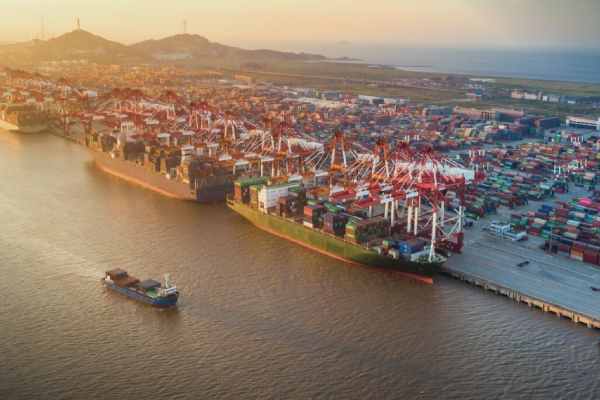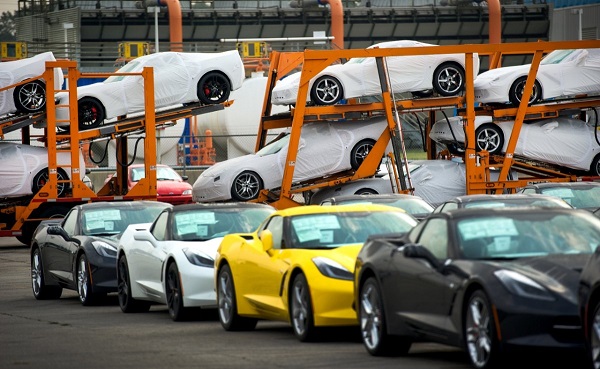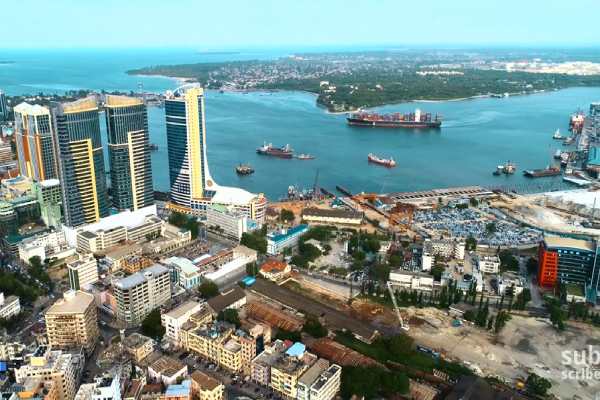6 Types of Port Terminals and Their Operation
In the logistics world, you never know everything, especially since you are not an active participant in the activities demanded by the industry. And one of the things that is essential to know are the port terminals, since these are where the loading and unloading of goods takes place, so it is essential to know how each one operates.
However, there are issues that are common knowledge and that often help those novice importers or exporters when they are within an imposing enclosure such as a loading port, and that sometimes they are even unaware of.

A port terminal is an operational unit or a facility within the port that maintains the infrastructure and equipment necessary to execute movements or transitions of goods, being enabled to be the interface between the cargo ship and other means of transport such as trucks, for example. example.
As mentioned, there are different types of port terminals and each one specializes in the circulation and handling of different merchandise, so not all are the same.
Because of this, it is important to know which terminals are located within the ports and how they are managed.
Types of Port Terminals
- Container terminal
As their name indicates, these terminals load and unload all types of containers, so they must have the capacity to handle any type of unit.
This terminal includes in its infrastructure the loading and unloading areas, reception and delivery, storage and the internal connection for the transfer of containers.
Additionally, in this facility there are offices, parking space, repair workshops, customs, among others.
- General cargo terminal
General cargo operating units are the ones that receive the most merchandise in seaports, since the vast majority of cargo is classified as “general.”
Typically, these facilities tend to serve smaller ships that transport loose cargo, so they maintain berths for the vessels.
Other types of loads can also be handled here, such as oversized loads or those classified as “project loads”.
- Solid Bulk Terminal
These facilities are specialized in the movement of solid bulk cargoes, that is, all those goods that are transported in bulk vessels and that do not require the use of containers to be stored.
Through pumps in both the port and the ship, this merchandise is loaded and unloaded and stored in tanks.
Grains, cement or fertilizers, for example, are types of solid bulk that are handled in these spaces.
It is important that the facility has all the equipment required to carry out the movements, as this prevents the product from coming into contact with another and becoming contaminated.
- Liquid bulk terminal
Unlike the previous one, all liquid bulk cargoes are handled here, ranging from oil to chemical or food products.
Due to this, these facilities are essential in any loading port, since to move this type of liquids, it is necessary to have a good piping system, as well as pumping stations and valves.
Additionally, it is essential to maintain adequate storage tanks for each type of product.
Another thing that should not be left aside is safety, since it is essential to have systems that efficiently control spills, leaks, fires and waste.
- Ro-Ro Terminal
The infrastructure of these facilities is adapted to serve Roll-on Roll-Off vessels.
Ro-Ro ships transport large loads, for example, cars, trains, platforms, among others.
To be able to move them, these units must have elevators and ramps on the docks that make it easier to move these types of loads from one place to another.
- Liquefied natural gas terminal
Although this merchandise is liquid, the facilities must have special conditions to load and unload this gas.
These terminals require regasification plants to maintain the liquefied gas that is transported in a LNG tanker so that, after storing it, it is converted into gas and pumped under pressure into the transportation system.
It should be noted that, for these facilities, the International Maritime Organization decrees mandatory safety measures through the IGC code (an international code for the construction and equipment of ships that transport liquefied gases in bulk).
Read Also: The 8 Busiest Ports in the World
In loading ports it is essential to have the most important terminals for loading and unloading merchandise, but not only that, as they must be well-equipped to carry out these jobs safely and efficiently.







